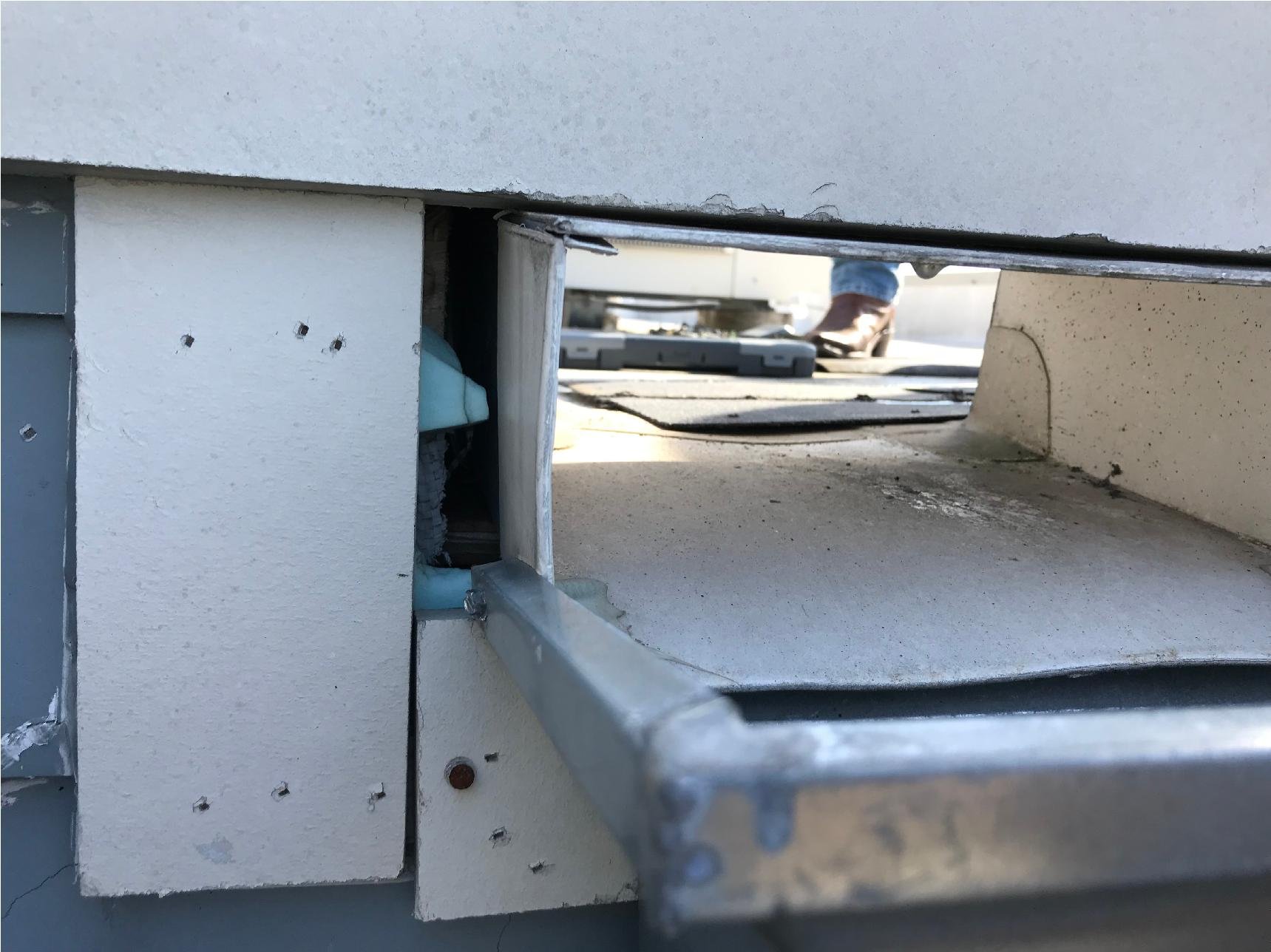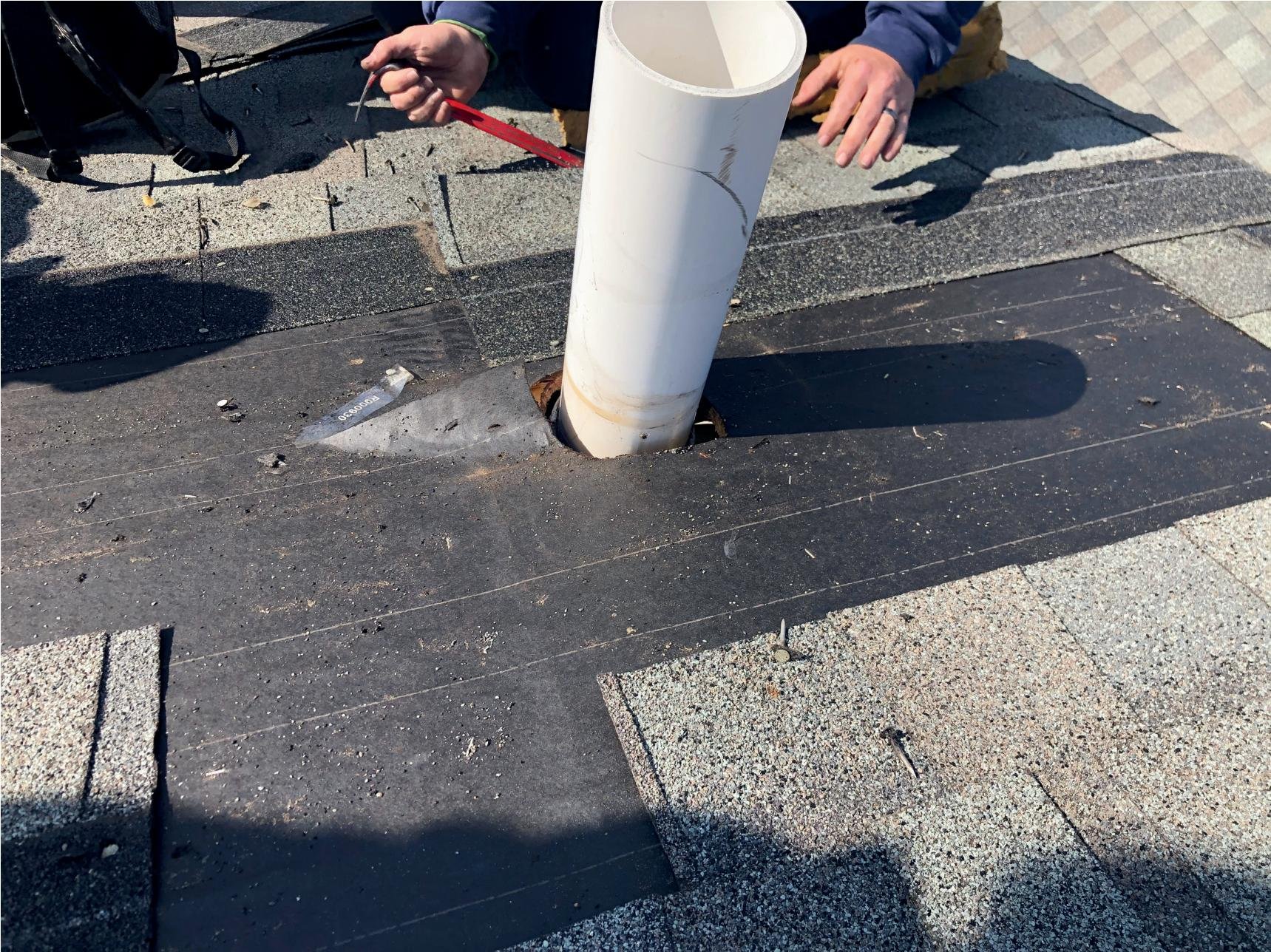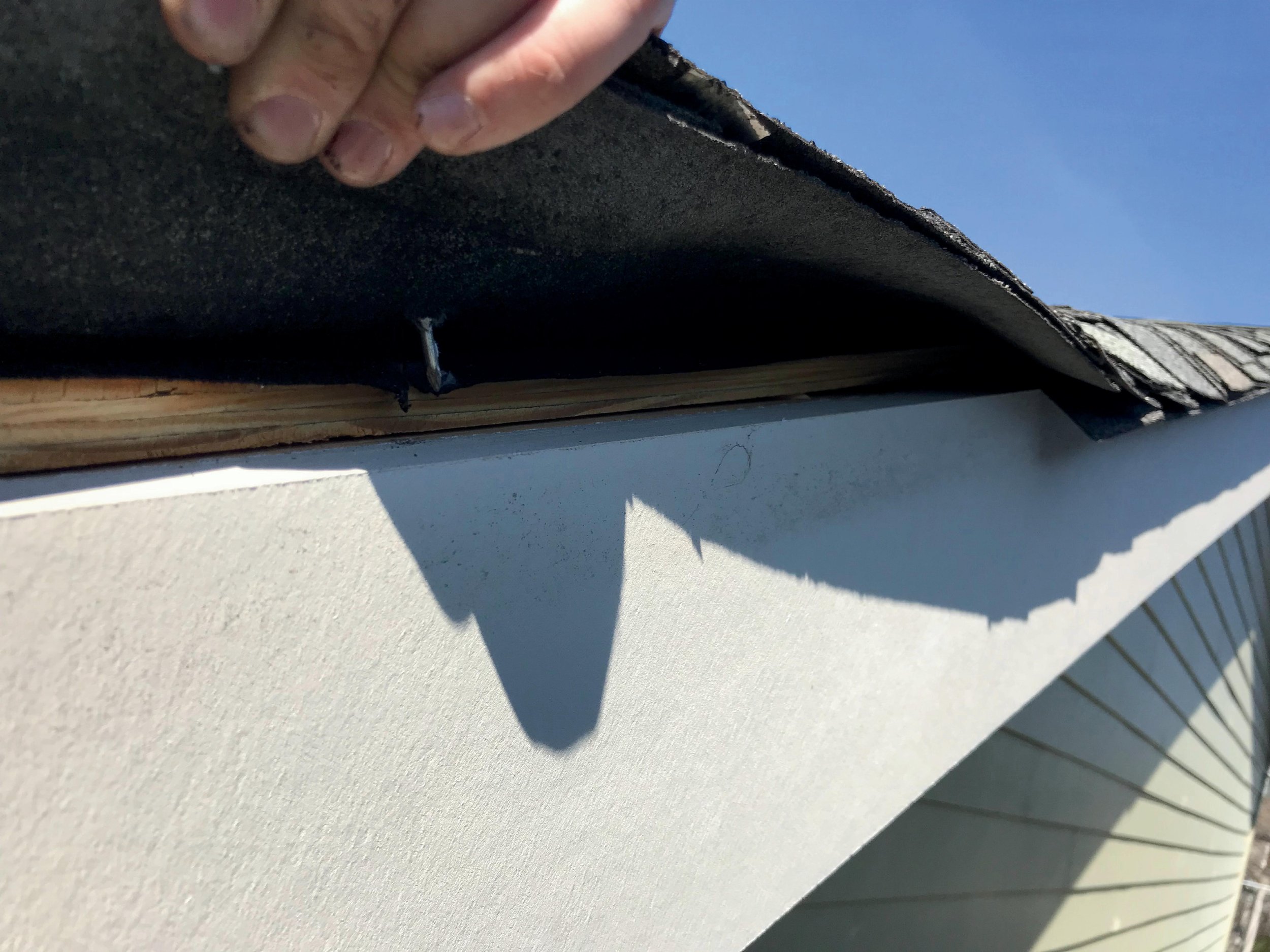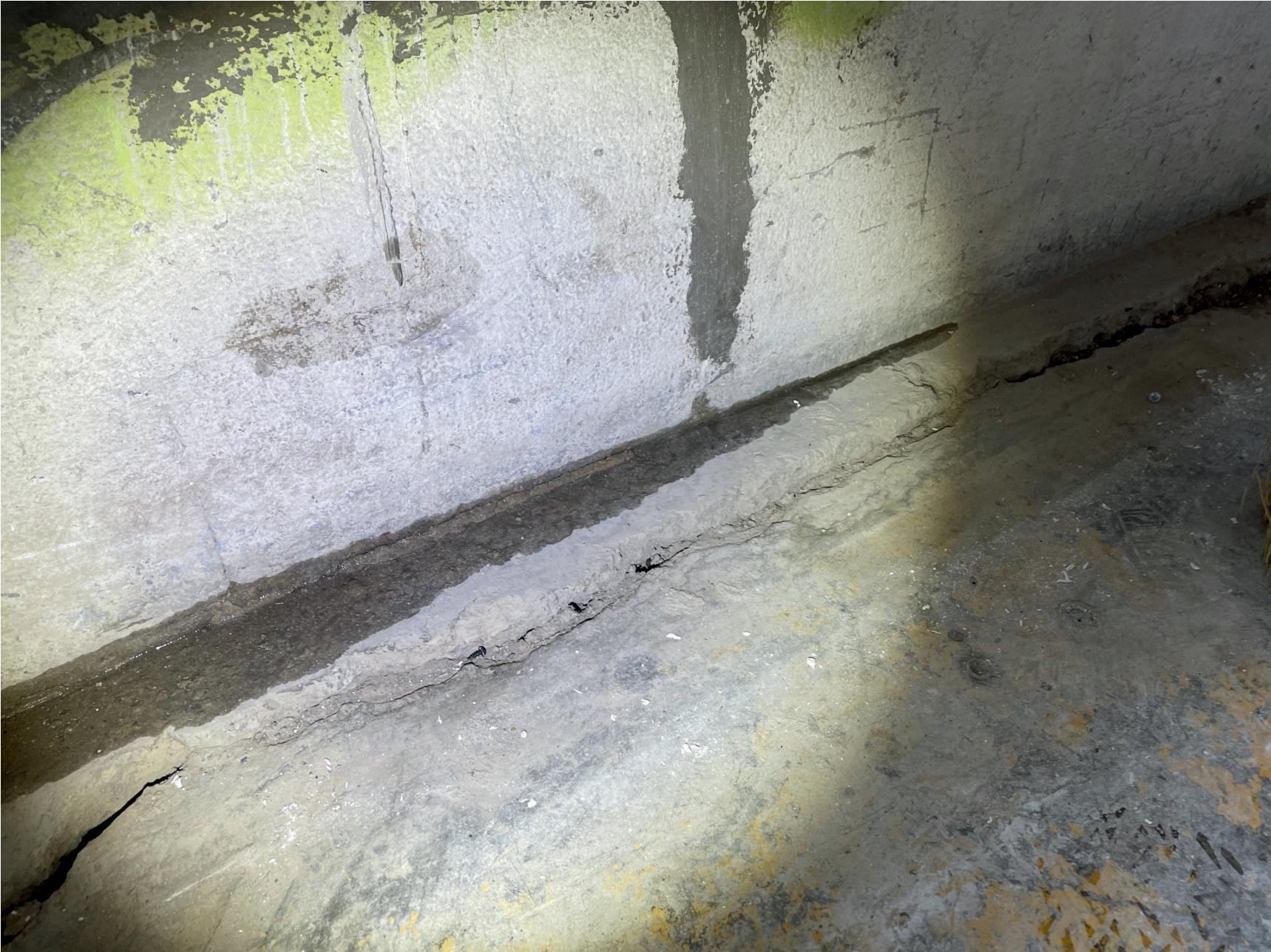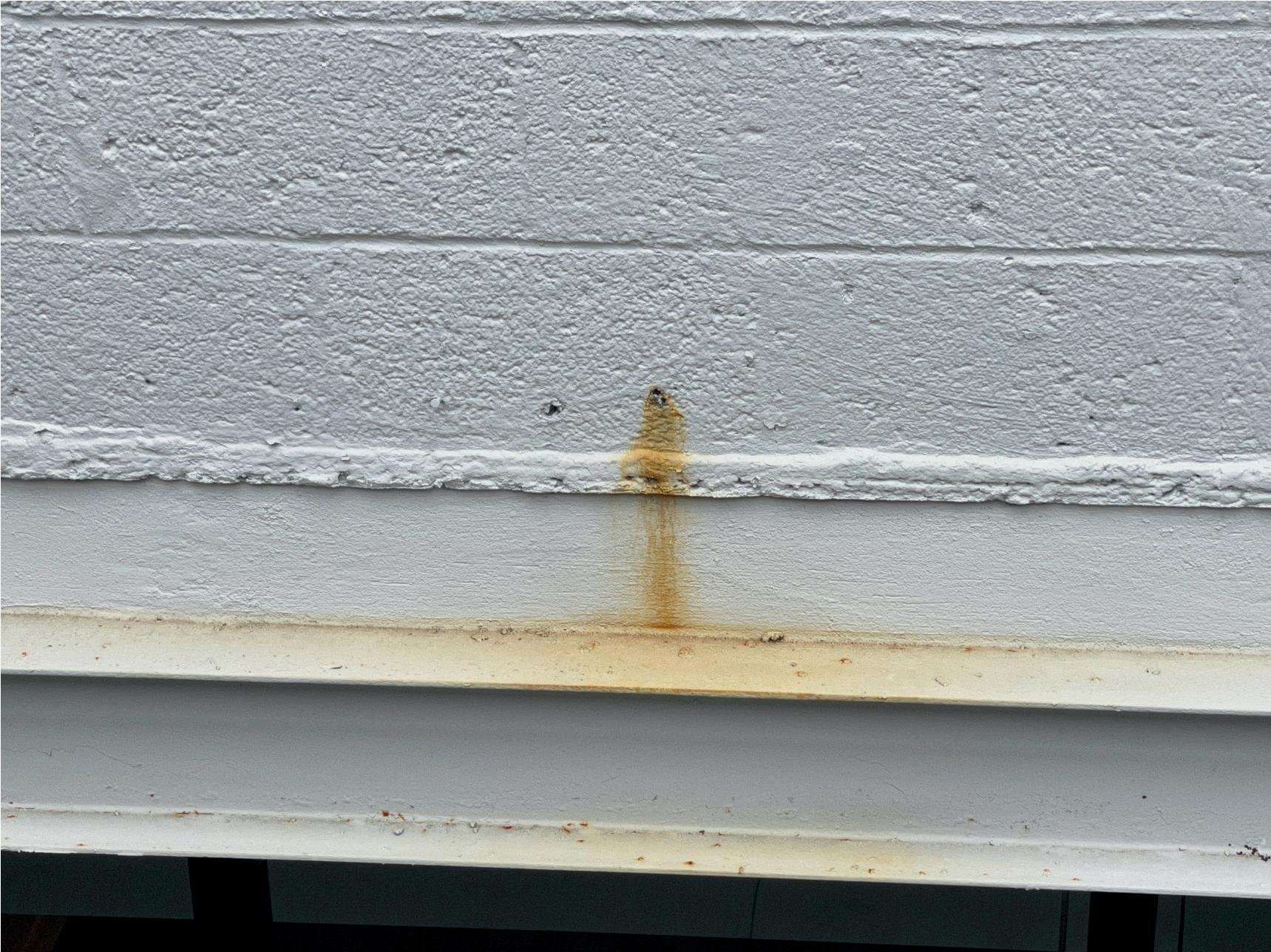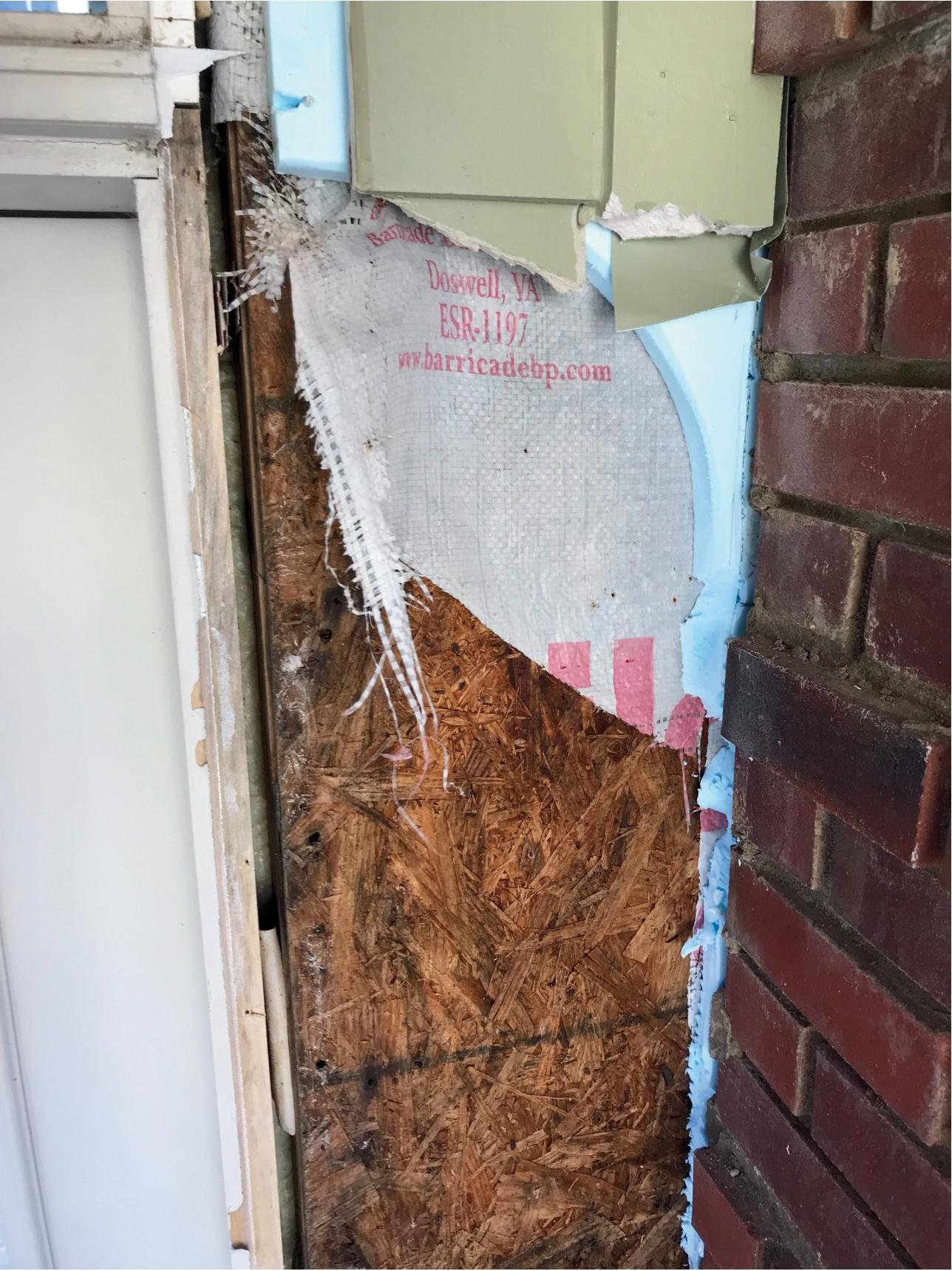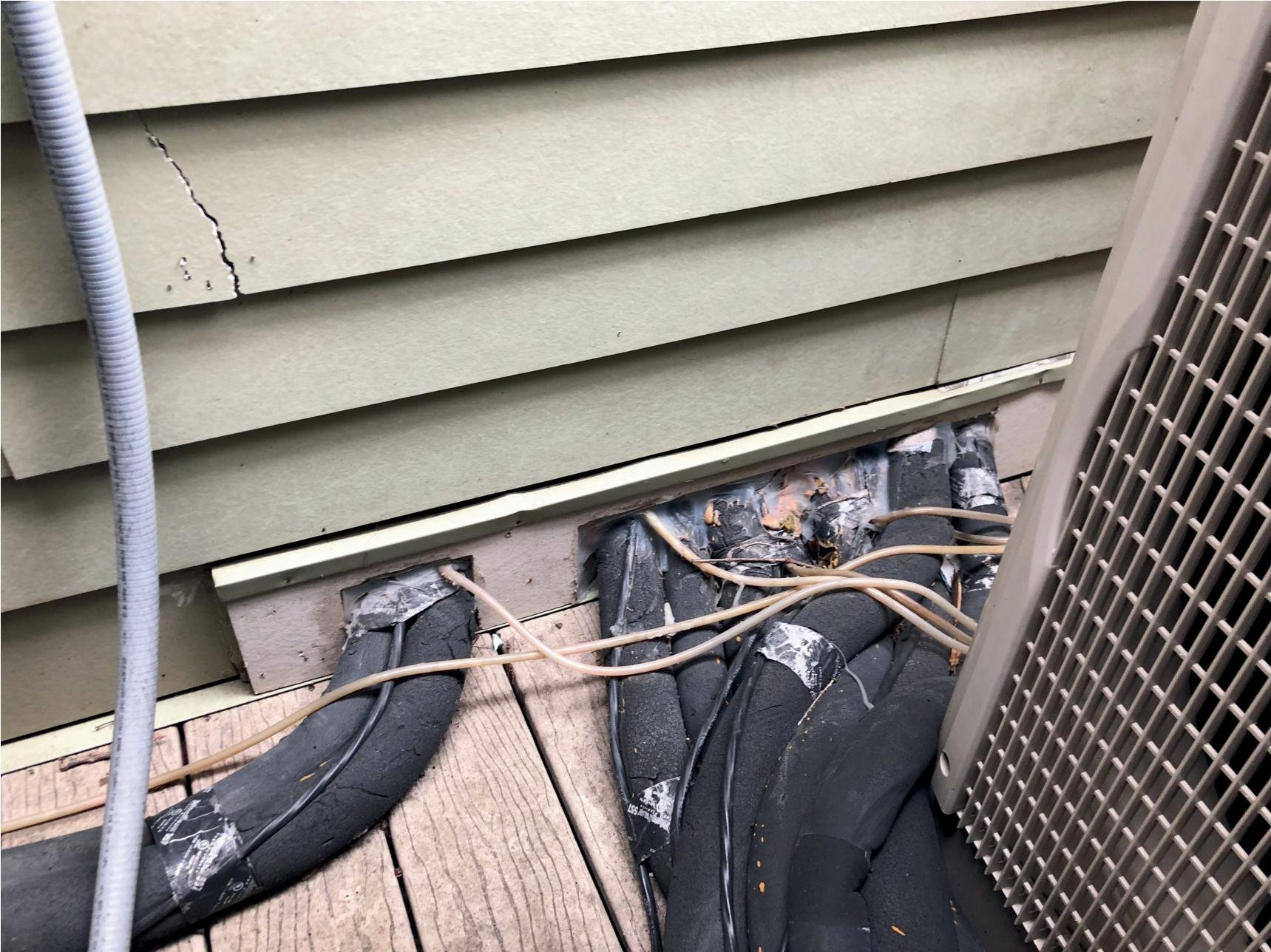Accountability and Ethical Standards: Where Do We Draw the Line?
Originally published in IIBEC Interface, November 2023.
Reproduced with permission.
View original source (link to be added if available)
The Hidden Risk in Construction? Ethical Blind Spots.
In building enclosure consulting, failure isn't always about materials or methods—it's about decisions. Some of the costliest issues we see in the field stem not from defective products, but from missed opportunities to apply sound ethics, due diligence, and professional accountability.
This article explores real-world scenarios where ethical choices (or lack thereof) directly impacted the outcome of a project. If you're a builder, designer, or owner’s rep navigating complex jobs, these stories may feel all too familiar.
Ethics in Practice: Why They Matter More Than Ever
Ethical dilemmas are baked into nearly every construction project. That’s why building enclosure consultants—and those who hire them—must operate with a clear moral compass. When objectivity is compromised, even unintentionally, outcomes suffer.
The International Institute of Building Enclosure Consultants (IIBEC) emphasizes this through its Code of Ethics. A consultant's loyalty must lie with the building and the owner, not personal gain or expediency.
Scenario 1: No Due Diligence = No Protection
A homeowner selected the lowest roofing bid without deeper investigation. What followed was a cascade of issues:
The new roof was installed over the old—violating the contract.
Flashing and underlayment were skipped or misapplied.
No permit was pulled. The contractor’s license was expired.
Despite clear performance failures, the homeowner couldn’t enforce the warranty because installation standards weren’t followed. The cost of legal action outweighed recovery options. The takeaway? No consultant. No checks. No leverage.
Scenario 2: The “Double-Dipping” Temptation
A building consultant previously recommended full overcladding for a historic mixed-use complex plagued by moisture intrusion. The owner ignored the advice and hired a contractor for a cheap coating instead.
When the property changed hands and problems persisted, the same consultant was approached to re-evaluate the complex—without disclosure of their prior involvement. Here, ethics required the consultant to disclose their history, reiterate the original findings, and decline duplicative billing.
This scenario shows that objectivity isn’t just about being neutral—it’s about being consistent, even when the client changes.
Scenario 3: BECx Could Have Saved Millions
On a high-end townhome project, multiple enclosure subcontractors installed critical systems without oversight, coordination, or even a complete set of specs. Defects included:
Unflashed dryer vents
Termination bars over brick
Rotting subfloors from bulk water intrusion
Had a building enclosure commissioning (BECx) process been in place, many of these failures would have been caught before they triggered a multi-million-dollar lawsuit and years of litigation.
Building Better by Holding the Line
These examples aren’t isolated—they’re everyday occurrences. The common thread? Ethical decisions, or the absence of them.
Consultants must be the voice of reason on job sites that are often governed by budget constraints and deadlines. That means:
Sticking to the facts
Disclosing conflicts of interest
Providing actionable, independent recommendations
Documenting thoroughly, always
When in Doubt, Default to the Code
Standards like those published by IIBEC, NRCA, and BIA exist for a reason. But beyond code, ethics are the final filter through which decisions pass.
As a consultant, if you’re ever unsure what to do, start here:
What’s best for the building? What protects the owner?
Relevant Code References
2012 IRC R903.2 – Flashing
Flashings must be installed to prevent moisture entry at penetrations, joints, and roof-to-wall transitions.2012 IBC 1405.4 – Flashing Requirements
Requires flashing at critical locations such as chimneys, decks, and window heads; emphasizes drainage to exterior.ASTM E2128 – Standard Guide for Evaluating Water Leakage of Building Walls
Commonly used in forensic moisture intrusion investigations.IIBEC Code of Ethics
Mandates objectivity, transparency, disclosure, and service to the client and public.NRCA Roofing Manual – Applicable Sections on Flashing and Detailing
Offers best-practice detailing beyond code minimums.
Call to Action
Are you facing recurring water intrusion, unclear scopes, or questionable contractor behavior?
Let TWG help you evaluate your risks and make the right calls—ethically, clearly, and with full transparency.
Contact us to schedule an initial consultation.
Or learn more about our Building Enclosure Consulting Services.

